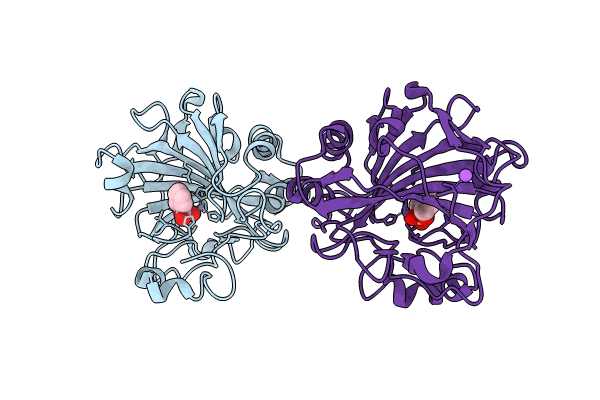
Deposition Date
2023-08-13
Release Date
2024-08-21
Last Version Date
2025-04-16
Entry Detail
PDB ID:
8Q6L
Keywords:
Title:
human Carbonic Anhydrase I in complex with 3,4-dihydro-1H-benzo[c][1,2]oxaborinin-1-ol
Biological Source:
Source Organism:
Homo sapiens (Taxon ID: 9606)
Host Organism:
Method Details:
Experimental Method:
Resolution:
1.72 Å
R-Value Free:
0.23
R-Value Work:
0.18
Space Group:
P 21 21 21


